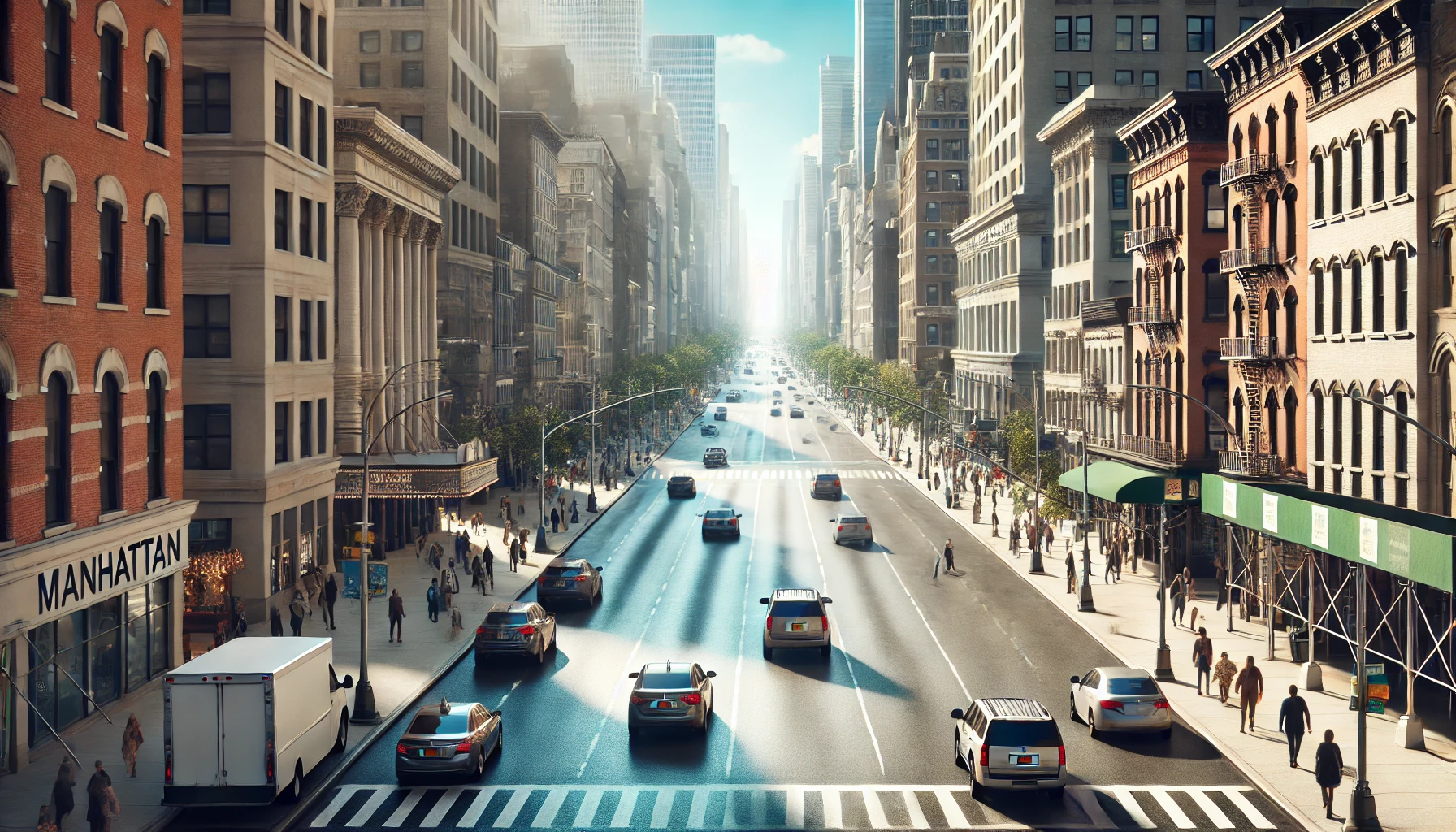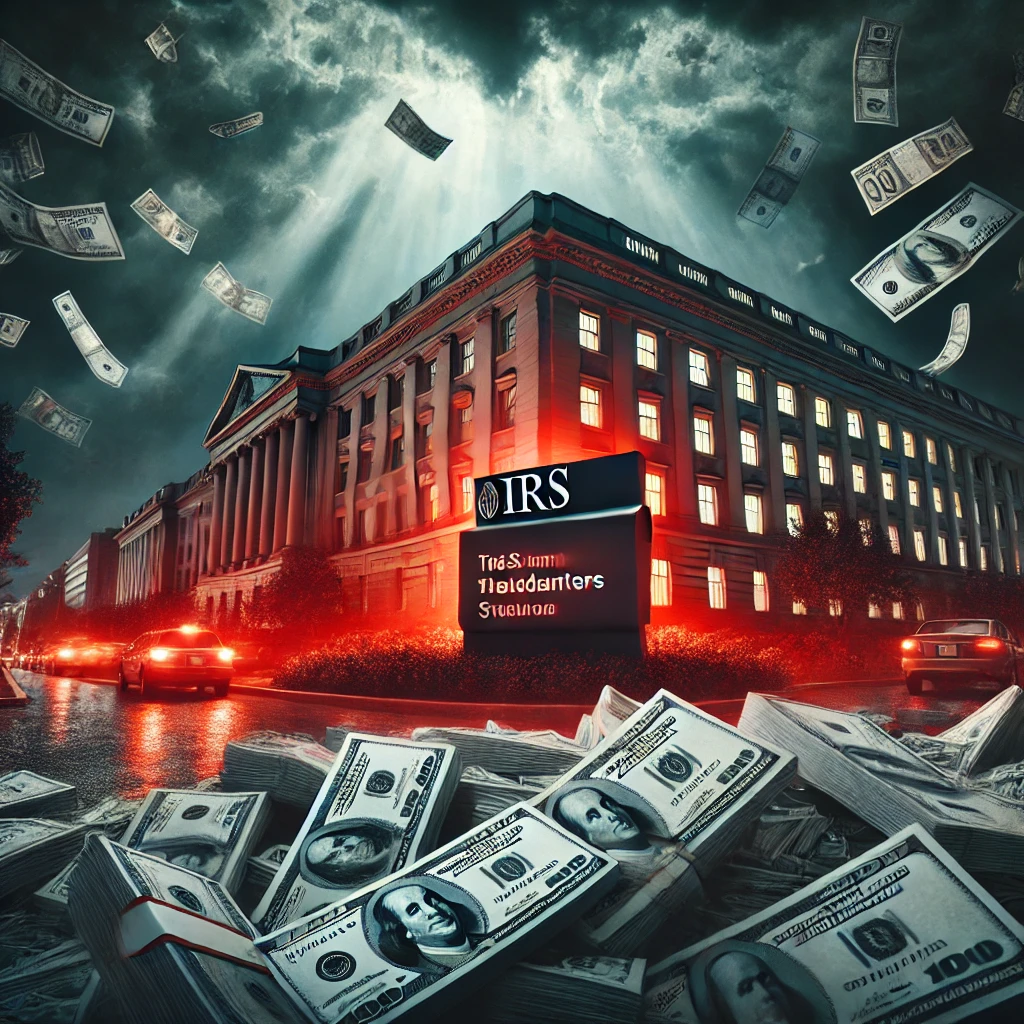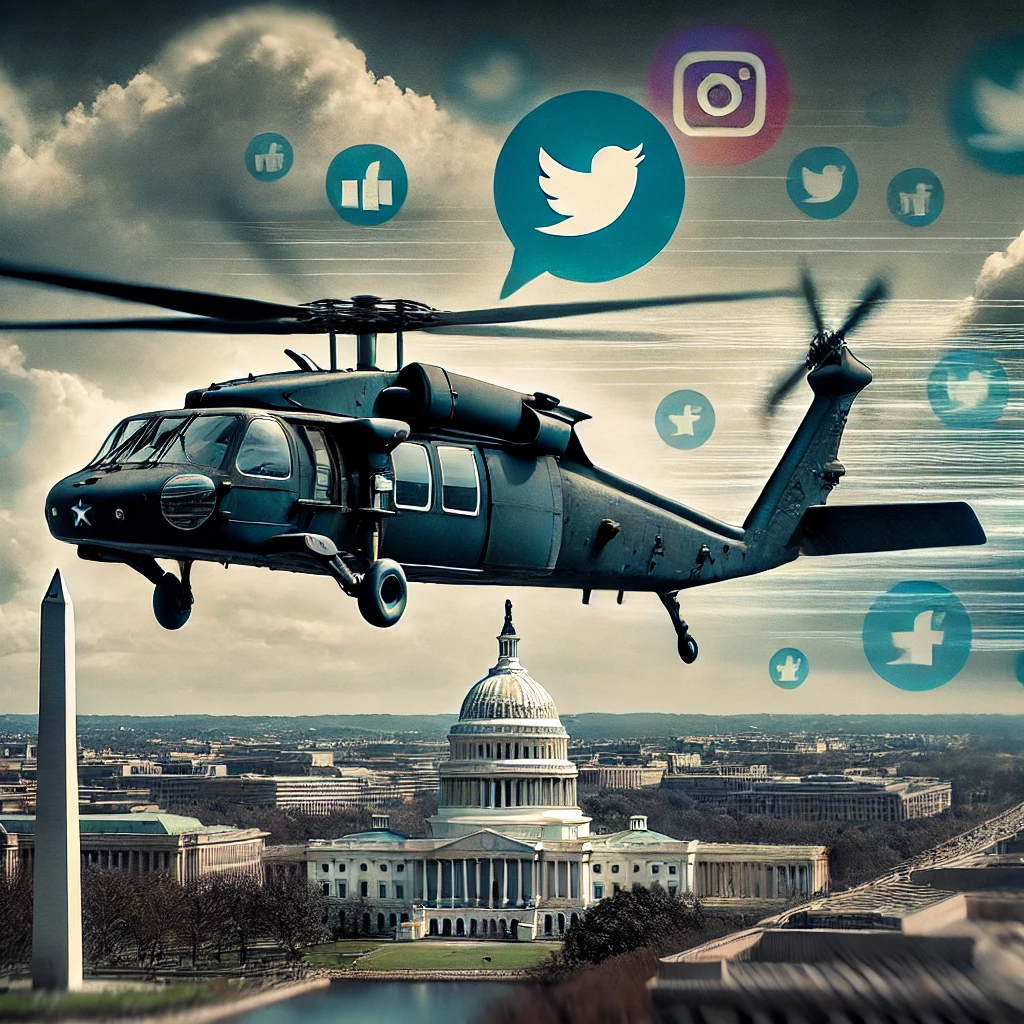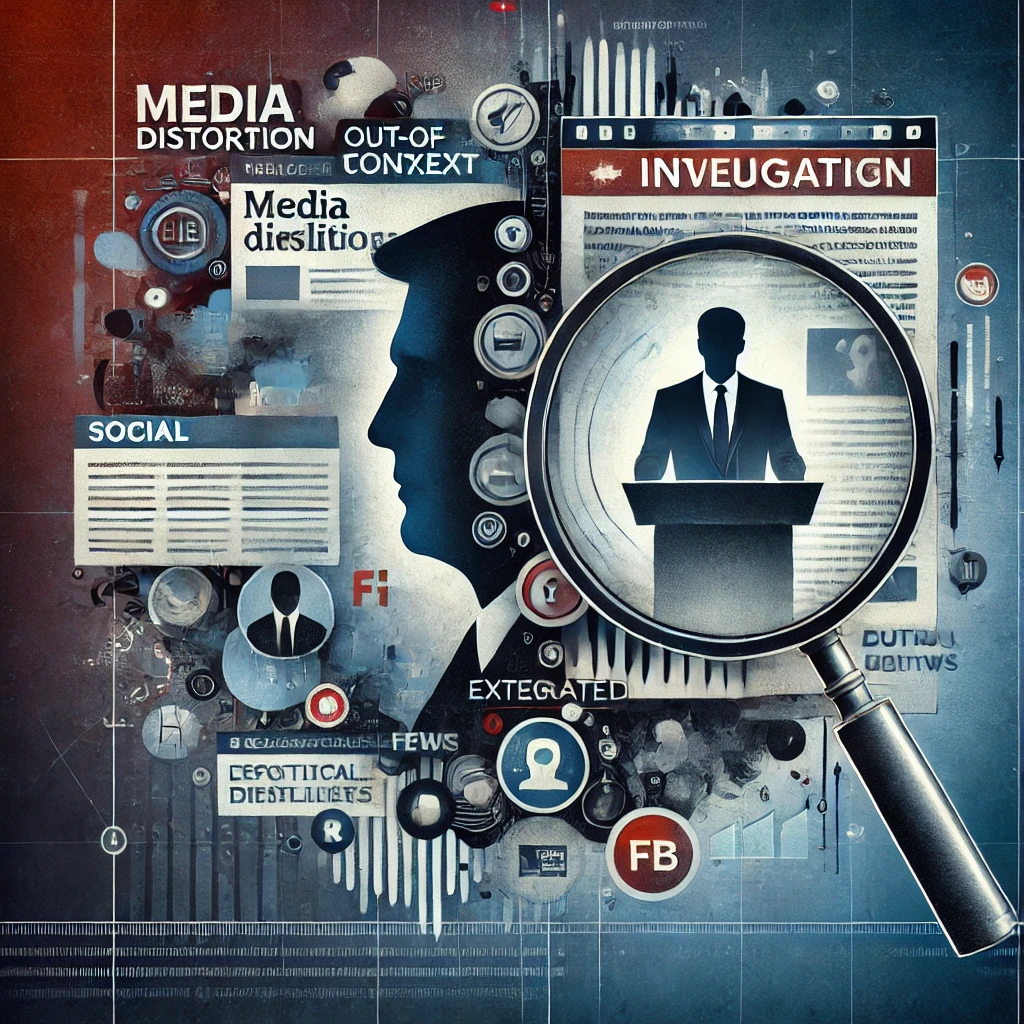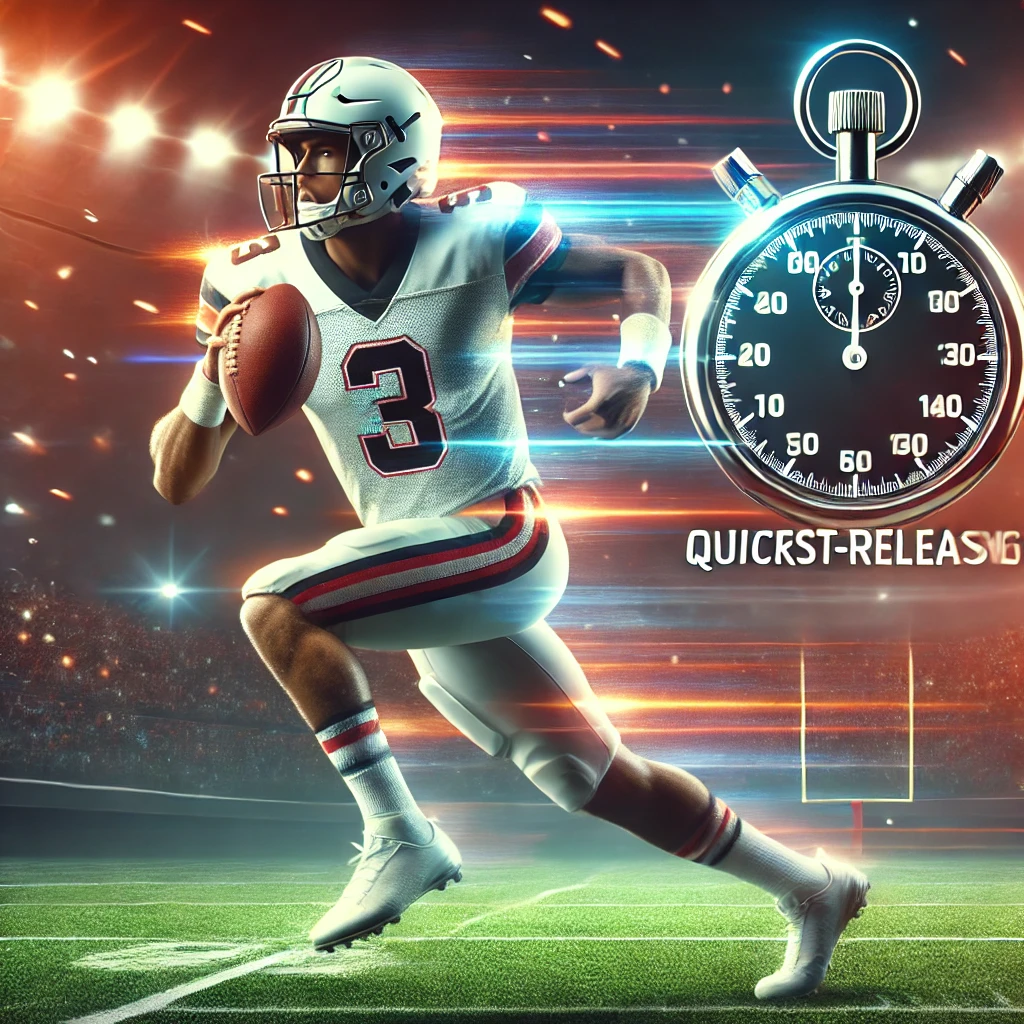
2025 NFL Draft: Ranking the Fastest-Releasing Quarterbacks
Which 2025 NFL Draft quarterbacks get the ball out the fastest? This in-depth analysis ranks the top prospects by average time to throw, highlighting strengths, weaknesses, and how quick decision-making impacts their draft stock.

